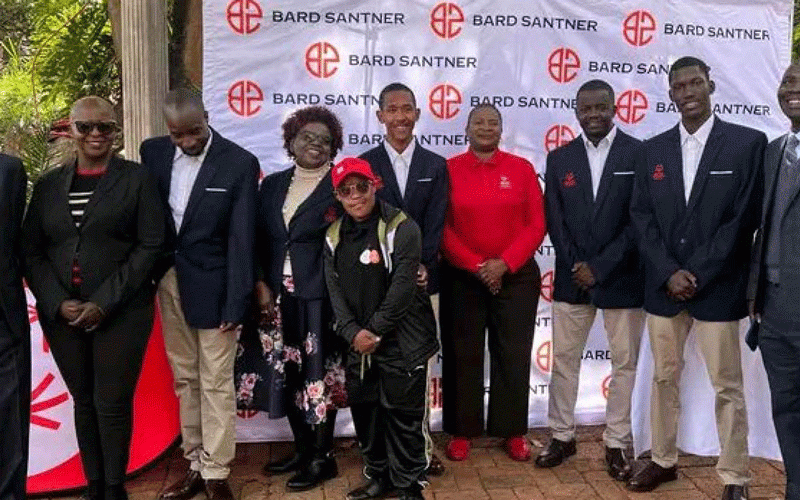
At Victoria’s first state funeral, a cortege bearing the caskets of Robert O’Hara Burke and William John Wills was led by six black-plumed horses. At John Monash’s funeral, in 1931, nearly 300 000 people, a third of Melbourne’s population, lined the streets. Shane Warne didn’t explore the Australian interior. He didn’t break the Hindenburg Line. He bowled leg-breaks for Australia.
On Wednesday night, the Melbourne Cricket Ground bade farewell to him. It’s where he dreamed of playing Australian rules football. It’s where he skittled the West Indies. It’s where he took the first Ashes hat-trick in 90 years. It’s where, under temperamental skies and in front of 90 000 people, he took his 700th Test wicket. It’s where, as news of his death filtered through, scores of people gathered — in the middle of the night, and in torrential rain — to pay homage.
Memorial services such as this are often stuffy affairs. This was nothing of the sort. The man being honoured was no statesman. It wasn’t a pious occasion. There were no political scores to settle. There was no Bach, no Yeats — just Williams and Sheeran. Instead of an archbishop, ceremonies were conducted by a TV personality. There was no gothic splendour — just a cavernous, concrete colosseum. — Guardian.











